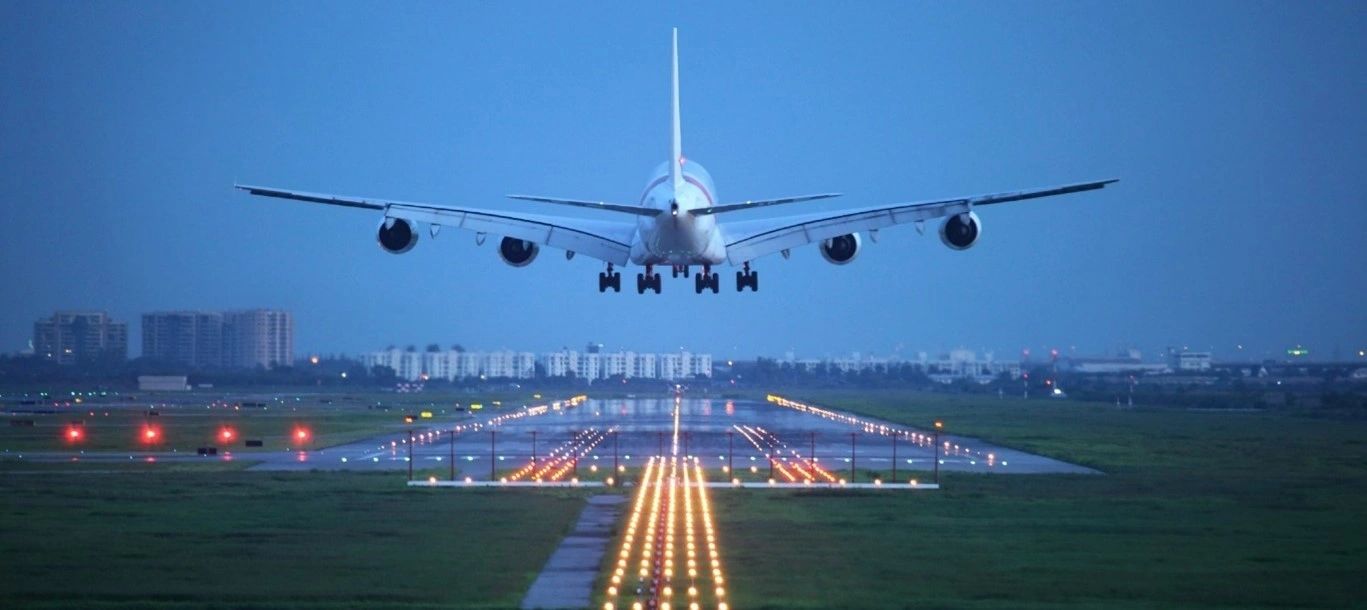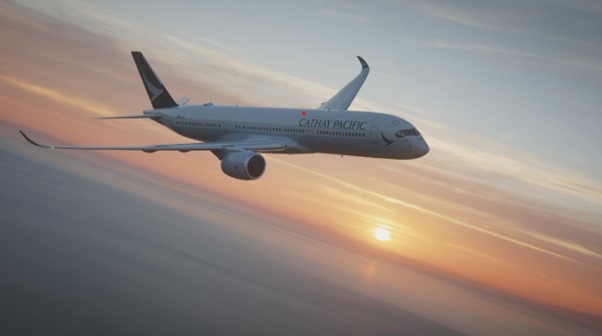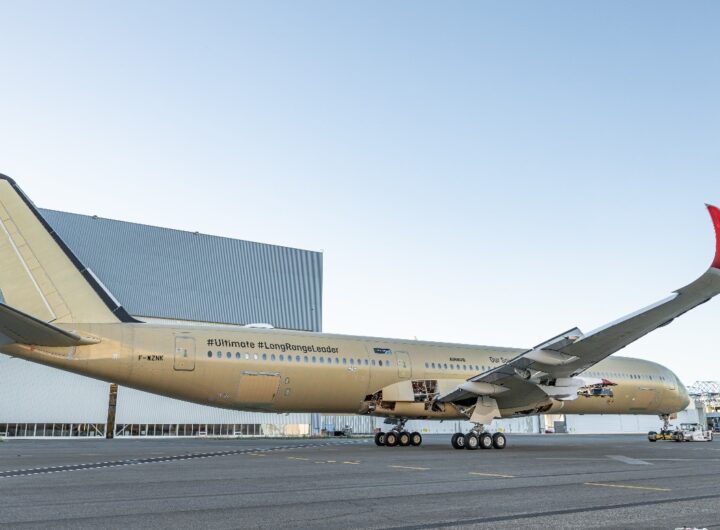
The Airports Council International (ACI) has found a “positive and immediate impact on global air travel demand” in its most recent market evaluation.
Constraints in Europe and the Americas have been eased, but ACI points out that the recovery is “more unequal” in Asia-Pacific because of restrictions.
An estimated 50.3 per cent of worldwide passenger traffic was lost due to the Covid-19 pandemic in 2021, according to the World Health Organization (WHO).
Global passenger traffic in 2022 is expected to exceed 7.1 billion, an increase of 77% from 2019.
Passenger traffic inside countries will be the primary driver of the recovery, but the “stagnation in Asia-Pacific and a delayed recovery in global international travel” will be a significant hindrance.
International passenger traffic is predicted to approach pre-pandemic levels only in the second half of 2024, while domestic travel is expected to reach 2019 levels by late 2023.
“Considering my recent journeys and based on the current data, there is no question that many travellers are eager to continue travelling—and the early summer volumes are a testament to it,” said ACI World Director General Luis Felipe de Oliveira.
“With many countries taking steps towards the return to a certain normality, lifting almost all health measures and travel restrictions, we expect a jump in air travel demand next year,” says the International Air Transport Association.
According to the report, “geopolitical tensions, greater inflation, the likelihood of an economic slump, supply chain disruptions, labour shortages and potential new outbreaks” all contribute to the uncertainty surrounding a thriving aviation industry recovery.
 Qantas Revamps Lounge Experience: Sydney International Business Lounge Upgrade & Auckland Lounge Opening for Holiday Peak
Qantas Revamps Lounge Experience: Sydney International Business Lounge Upgrade & Auckland Lounge Opening for Holiday Peak  Cathay Pacific’s Service to Adelaide Takes Off: Hong Kong to South Australia Nonstop
Cathay Pacific’s Service to Adelaide Takes Off: Hong Kong to South Australia Nonstop  Qantas Project Sunrise: The Gamechanger Set to Redefine Aussie Air Travel
Qantas Project Sunrise: The Gamechanger Set to Redefine Aussie Air Travel  Qantas Economy Plus: More Space and Comfort for Your Next Short-Haul International Adventure
Qantas Economy Plus: More Space and Comfort for Your Next Short-Haul International Adventure  Qatar Airways Crowned ‘Best Airline in the World’ at Business Traveller Awards 2025
Qatar Airways Crowned ‘Best Airline in the World’ at Business Traveller Awards 2025  Emirates Soars to the Top Again, Winning ‘Best International Airline’ and More in 2025
Emirates Soars to the Top Again, Winning ‘Best International Airline’ and More in 2025  Princess Cruises Reveals Epic 2027-28 Australia Season: Three Ships, 80 Departures, Endless Adventure
Princess Cruises Reveals Epic 2027-28 Australia Season: Three Ships, 80 Departures, Endless Adventure  Crystal Unveils Name of New Ship: Crystal Grace: A New Era Begins for Luxury Ocean Cruising
Crystal Unveils Name of New Ship: Crystal Grace: A New Era Begins for Luxury Ocean Cruising 